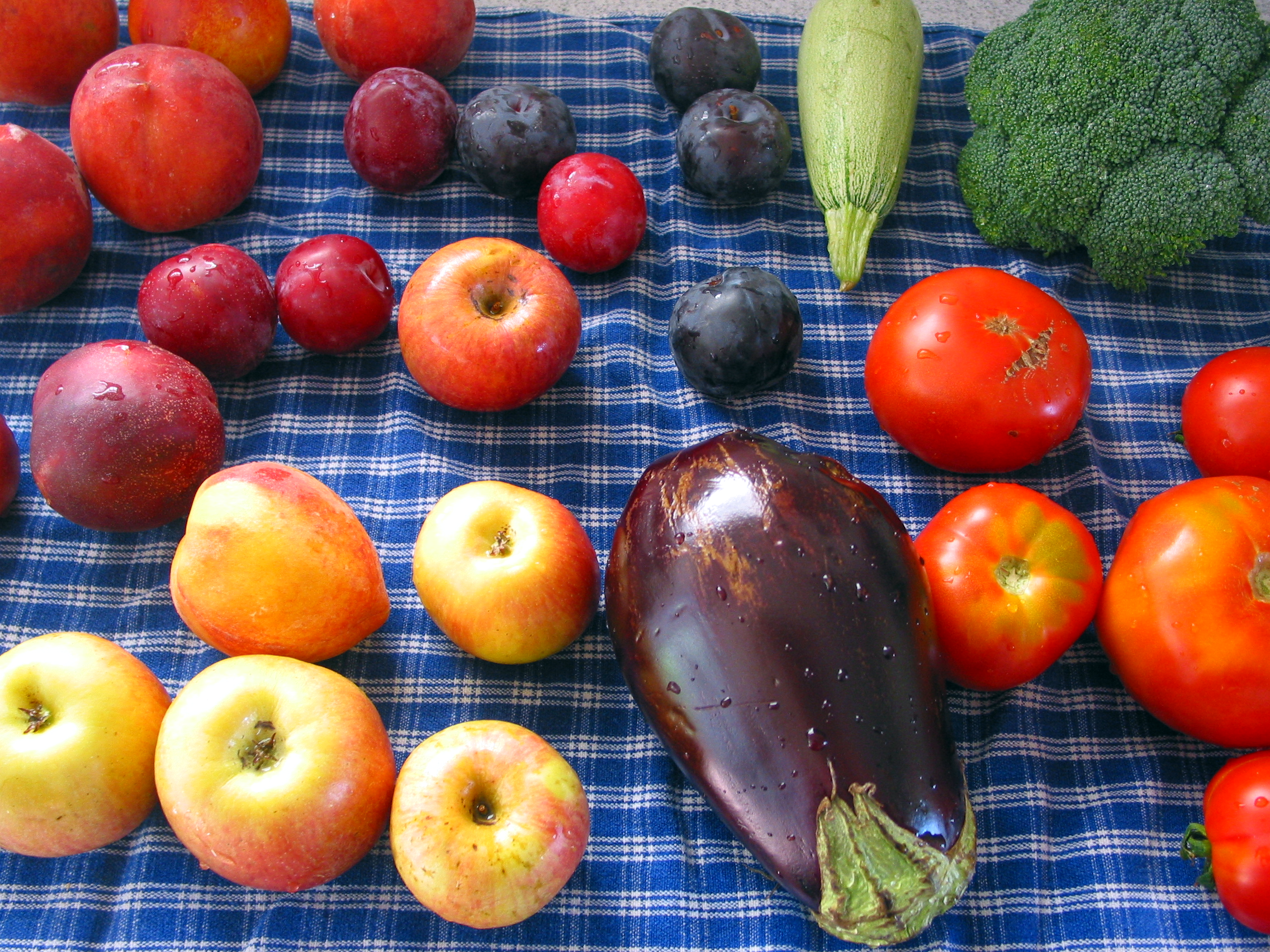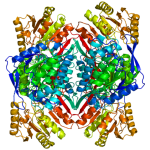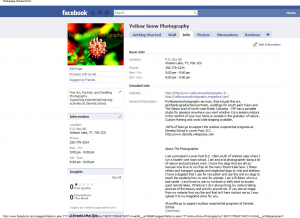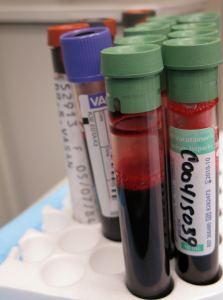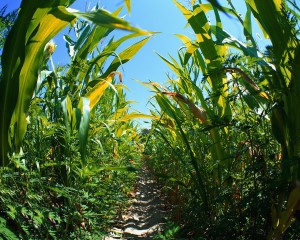
A man is seen walking in the heavy rains that happen during monsoon season. Source: Flickr Commons, Kamaljith K V
A team of researchers put together by V. Vinoj has recently discovered a short-term relationship between the amount of tiny particles in the air in West Asia, the Arabian Sea, and the Arabian Peninsula and the intensity of the monsoon rains over India. As people who live on the West Coast, we are very familiar with rain and lots of it; however we have no experience with monsoons and might not even know what it is.
A monsoon is changes in the wind and pressure systems that result in a dry and wet season. Many countries including India, Sri Lanka, Bangladesh and Myanmar experience these monsoon seasons. These monsoons bring severe downpours in April to September and dry months the rest of the year. As you can imagine, the people in these countries count on the monsoons for important things such as watering their crops and running hydroelectric dams, which all affect the economy. The video below discusses the Effects of Monsoon Season on India in more detail and with maps.

Like all atmospheric and environmental science issues, there are many factors that can affect the monsoons. These include wind speeds, surface temperatures, the amount and type of aerosols, cloud type and the amount of clouds in the air. (Vinoj et al. ) As Andrew Dessler so eloquently explains, “Aerosols are particles so small that they do not fall under the force of gravity, but remain suspended in the atmosphere for days or weeks.” Aerosols can be anything from soot (black carbon) to sulfur liquid drops (Dessler 87-91). In the recent study mentioned above, aerosols were solely studied and found to have a positive correlation between the intensity of the rain in India a week later.
The study by V. Vinoj found that two types of aerosols definitely have an effect on the intensity of the rain. These aerosols are more familiar, one being dust (picked up by winds in the desert) and the other being sea salt aerosols (picked up by winds over the ocean and/or seas).
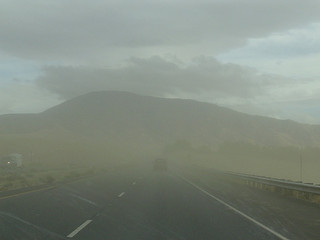
Here is a sand storm passing over a road. It is easy to imagine how some of the sand can end up staying in the atmosphere after storms like these. Source: Flickr Commons, Jason Rogers
The research project, using a variety of both real life data of aerosol levels and rain levels (in relation to the region’s average) and computer simulations, found there to be a positive correlation between high levels of dust and sea salt aerosols over the Arabian Sea and the intensity of the Indian Summer Monsoon. A positive correlation means the higher the levels of aerosols, the more intense the rain will be. This is a short-term relationship as it found this relationship to take place over a week.
This study is unique as most studies that examine Monsoon-Aerosol relationships are interested in the longer-term effects. It reveals that on top of aerosols having a longer-term effect (due to their ability to change cloud composition), they also have a direct, almost immediate (a week is not very long when compared to months) effect on the monsoons as well.
~Claire Curran
Works Cited
Dessler, Andrew. “Aerosols.” Introduction to Modern Climate Change. New York, NY, USA: Cambridge University Press, 2012. 87-91. Print.
Vinoj, V., et al. “Short-Term Modulation of Indian Summer Monsoon Rainfall by West Asian Dust.” Natural Geoscience advance online publication (2014/03/16)Print.





